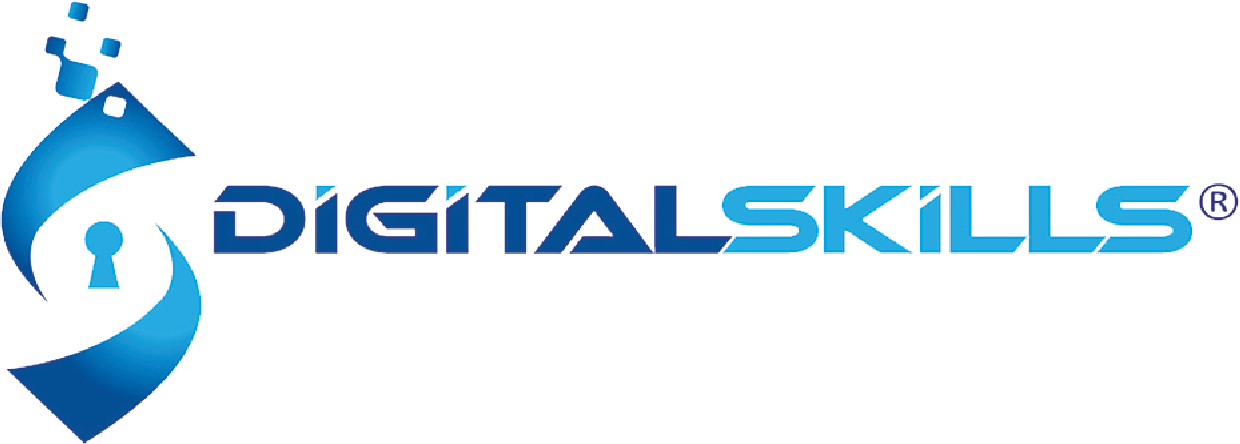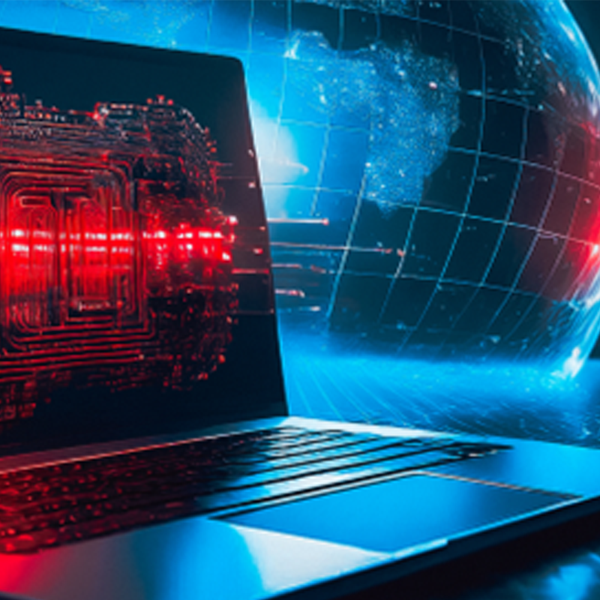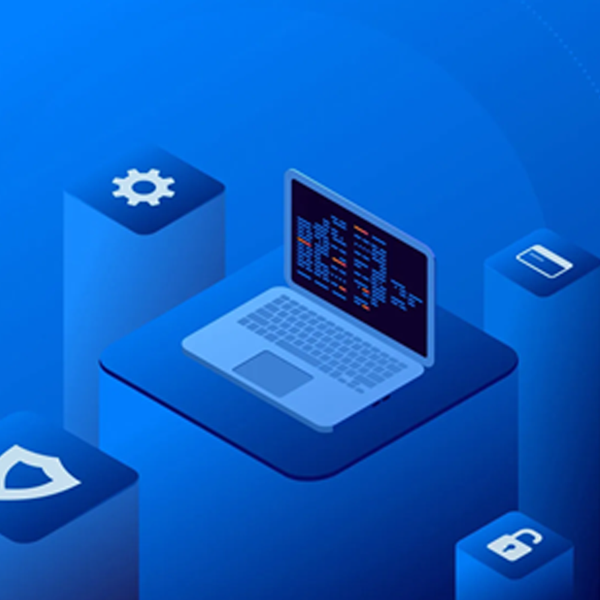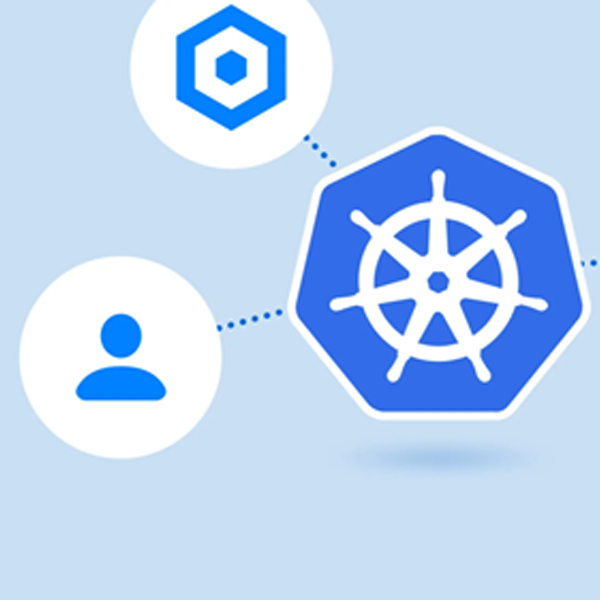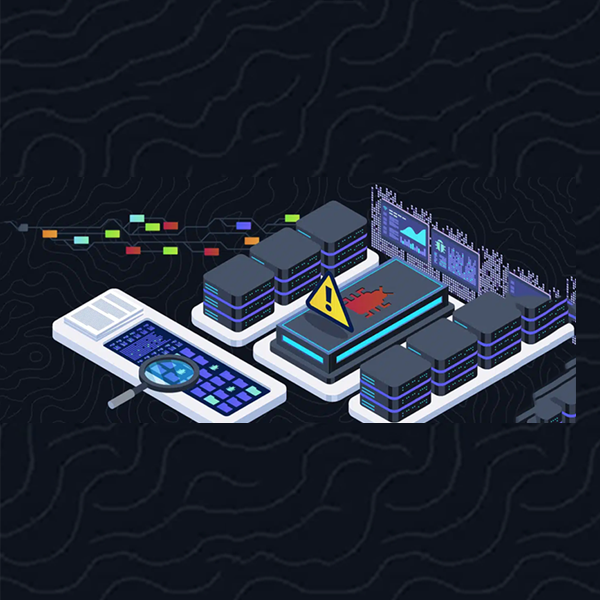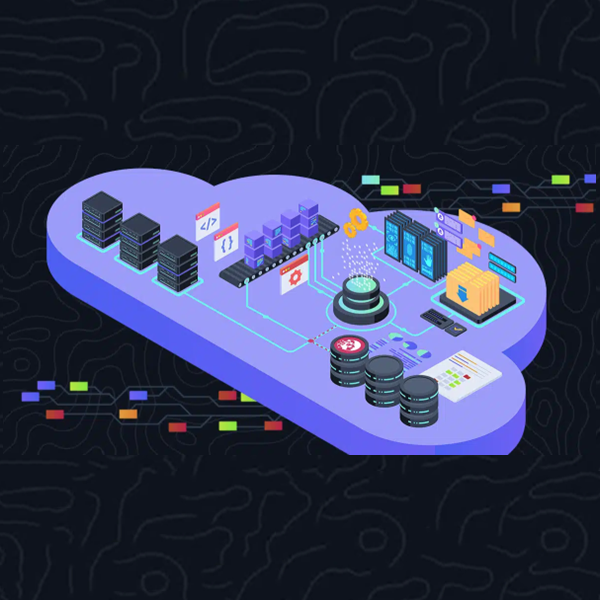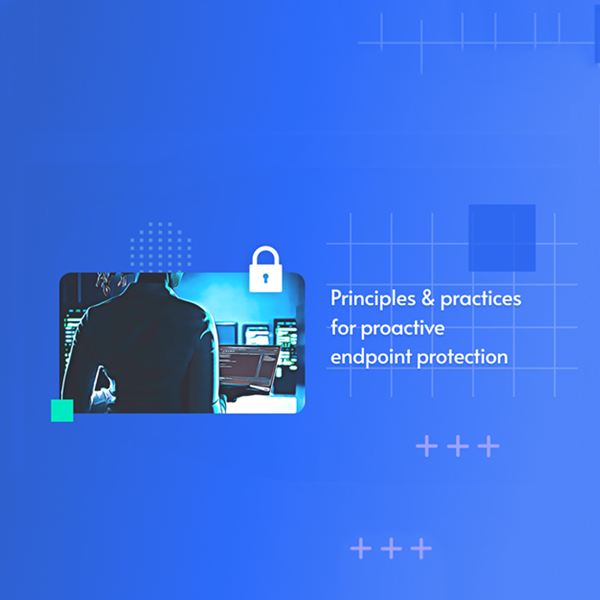In 2023, 90% of organizations experienced at least one identity-related security incident [1], which can lead to costly data breaches, operational disruptions, and regulatory fines. The rapid expansion of digital services, cloud computing, and remote work has significantly complicated identity management, introducing new vulnerabilities. Without effective Identity and Access Management (IAM) solutions, companies remain vulnerable to unauthorized access, insider threats, and the growing demands of regulatory frameworks like the GDPR, HIPAA and NIS2 directive.
As a result, User Access, IAM, and Zero Trust have become top priorities for Chief Information Security Officers (CISOs), according to Gartner Evanta [2]. These elements now form the foundation of a robust cybersecurity posture, establishing identity management as a critical component in safeguarding organizations.
How IAM Solves These Problems
IAM systems are designed to deal with these challenges by centralizing identity management and automating access control. By using IAM, organizations can:
- Centralize identity data: Integrating all user identities across platforms into one cohesive system allows for easier management, visibility and security.
- Implement Role-Based Access Control (RBAC): Grant users only the permissions required for their specific job roles, minimizing unnecessary access and reducing potential security risks. This approach can be extended to more advanced access control models, such as Attribute-Based Access Control (ABAC), Policy-Based Access Control (PBAC), and others.
- Track user actions and provide detailed auditing: IAM systems allow companies to log and monitor user activities, providing visibility into who has access to which systems and what actions they perform. This is critical for both security and accountability, helping identify potential threats early. This also aligns with Identity Threat Detection and Response (ITDR) strategies, which focus on detecting suspicious behavior and mitigating identity-based threats.
- Provide secure authentication: IAM incorporates multi-factor authentication (MFA), single sign-on (SSO), and other secure login methods to prevent unauthorized access.
- Ensure compliance: IAM platforms help organizations stay compliant with security frameworks and regulations such as the NIS2 Directive, which mandates better cybersecurity practices for critical infrastructure providers, including robust IAM frameworks.
With the proper IAM strategy, organizations can efficiently manage identities, reduce security risks, and ensure compliance with both internal policies and external regulations.
CoffeeBean Tech: Making IAM Simple and Effective
A leading solution provider addressing these IAM challenges is CoffeeBean Tech. Their platform is built for ease of use while delivering robust, enterprise-level security. CoffeeBean offers a suite of modern, modular products, including Access Management (AM), Identity Governance and Administration (IGA), Multi-Factor Authentication (MFA), and Customer Identity and Access Management (CIAM), enabling organizations to adopt and customize solutions that align with their specific needs.
What makes CoffeeBean stand out is its user-friendly interface, seamless integration with existing applications and flexibility to build different types of flows. Furthermore, CoffeeBean’s audit capabilities help organizations monitor user activity and meet compliance requirements, ensuring that identity and access management aligns with the cybersecurity frameworks outlined by regulatory bodies.
Conclusion
In today’s digital-first world, effective Identity and Access Management (IAM) is essential for protecting organizations from different types of security threats, including data breaches, insider threats, and phishing attacks. The rapid rise of cloud computing, remote work, and stringent regulatory requirements have made comprehensive IAM solutions more critical than ever.
Platforms like the one offered by CoffeeBean Tech not only provide visibility into user identities and effective access control but also ensure compliance with key regulations like NIS2, GDPR, and HIPAA. In an era where identity is the new perimeter, flexible and modern IAM solutions are a powerful means to offer a scalable approach and to meet the complex demands of today’s cybersecurity landscape.
[1] IBM Cost of a Data Breach Report 2024 - https://www.ibm.com/reports/data-breach
[2] Gartner Evanta: 8 Trends for CISOs in 2024 - https://www.evanta.com/resources/ciso/blog/8-trends-for-cisos-in-2024
Artigo produzido por Douglas Rondon - Head of Product da CoffeeBean Teach, partilhado pela DigitalSkills Consulting - Distribuidora oficial de soluções de cibersegurança de do fabricante CoffeeBean Tech. Para mais informações: www.digitalskills.pt | [email protected] | 21 418 05 21


